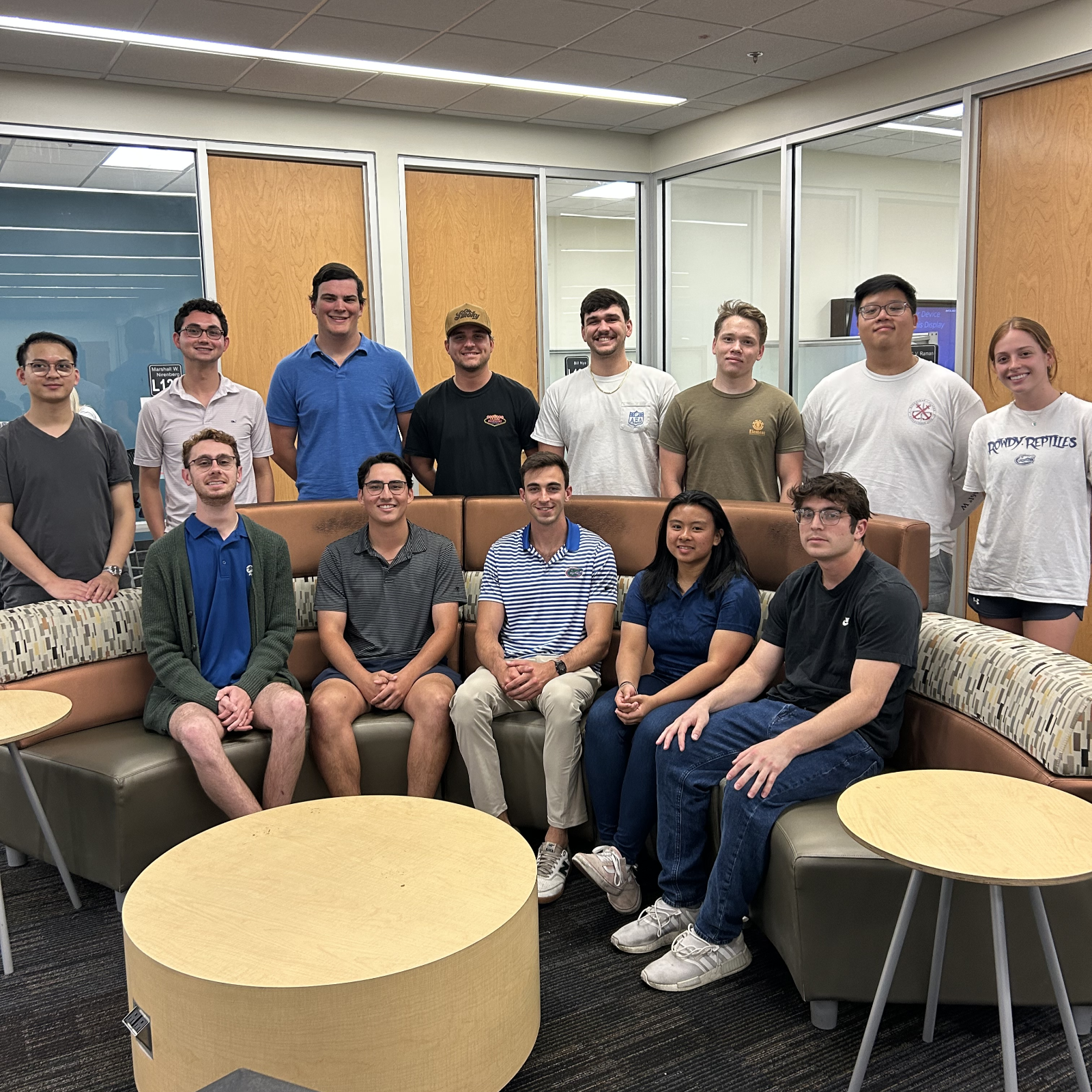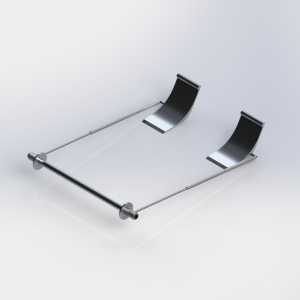Team Members

Rocco Abiusi, Rona Danica Escano, Nolan Hensley, Nicholas Quach, Calvin Wycallis, Jake Bundy, Rachel Gallagher, Yuqiao Ling, Connor Rodriguez, Matthew Chin, Riley Guinagh, Pablo Montero, Patrick Smith
Abstract

The purpose of this project was to design a camouflage netting deployment system for U.S. Army vehicles to use in the field. The goal of this deployment system was to reduce the manual labor and time required to setup and take-down the camouflage netting compared to the existing process. Previously, with the predicate procedure of deploying the camouflage netting, soldiers had to manually drape the netting up and over the entire vehicle, which was a laborious and time-consuming process. The main feature of our A.R.M (Advanced Rotating Mechanism) device solution is that soldiers no longer need to manually lift the netting over the vehicle, as the device uses the mechanical energy of the vehicle to deploy the netting over the vehicle. The initial process of raising the netting above the vehicle is performed using the wedges, telescoping arms, and main shaft of the device. When the vehicle is driven over the wedges, the telescoping arms which are fixed to the wedges on one end, rise above the vehicle at a 60-degree angle from the ground. Since the main shaft is connected to the other end of the telescoping arms, it is also raised up above the vehicle. Since the netting is rolled up onto a spool on the main shaft, soldiers can unroll the netting from the main shaft by utilizing the rope handles attached to the ends of the netting. When the netting is unrolled from the spool, it completely covers the vehicle, and the standard processes of staking the netting and using telescoping poles to create irregular shapes can be performed. To take down the A.R.M. and camo netting, the vehicle is driven in the forward direction off the wedges. The A.R.M is then disassembled, and the tarp is re-rolled back onto the main shaft for future use.
Pitch Video
3D Interactive Product Model
The following is an interactive 3D model of the product design. You can view and rotate the product assembly in different orientations and views, including an exploded view to see the various parts that make up the assembly.